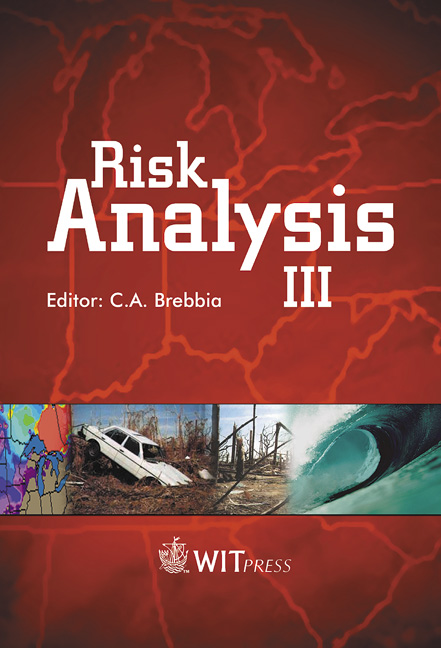Simulation Of The Soil Water Storage In Risk Situations. Management Framework Of The Wetness Conditions At A Basin Scale
Price
Free (open access)
Transaction
Volume
31
Pages
Published
2002
Size
508 kb
Paper DOI
10.2495/RISK020561
Copyright
WIT Press
Author(s)
U. Somorowska
Abstract
Simulation of the soil water storage in risk situations. Management framework of the wetness conditions at a basin scale U. Somorowska Faculty of Geography and Regional Studies, Warsaw University, Poland. Abstract Land surface hydrological conditions are considered to play an important role in the sustaining and restoring of natural vegetation. Prediction of the soil water availability under both average and extreme wetness conditions is essential especially for the water-related ecosystems. This research deals with an evaluation of the dynamic soil water resources in risk situations at a basin scale. Wetness conditions were evaluated for the Lasica basin, Poland, situated on the Mazovian Lowland, within the boundaries of the Kampinos National Park. The area has a status of the UNESCO MAB Biosphere Reserve. In this basin valuable marshland, swamp and woodland ecosystems are present but they were influenced by agricultural drainage in the past. Risk assessment of the occurrence of extreme wetness conditions focuses on the soil water resources stored in the wet zones of the basin. The extreme values of shallow groundwater levels and corresponding soil water resources are considered here as risk situations. Probability concept was applied to derive the Depth to the groundwater Duration Curves for wet and dry years as compared to the average year. Simulations of the maximum changes of the soil water storage were conducted for maximum stages of the groundwater levels. Estimates of the dynamic water storage have been linked with the depth to the groundwater table using the water storage decrease function. Maximum decrease of the soil water storage is presented in a spatially distributed way using raster-based GIS software. The results serve as a basis for restoration of wetness conditions and for mitigation of drought impact.
Keywords





